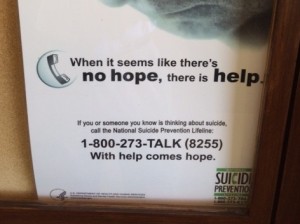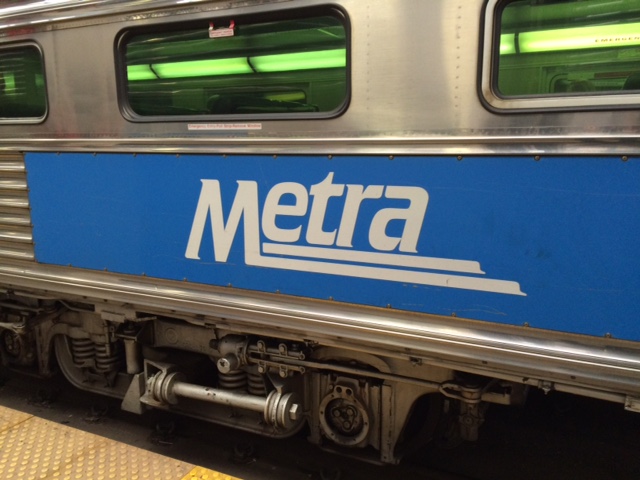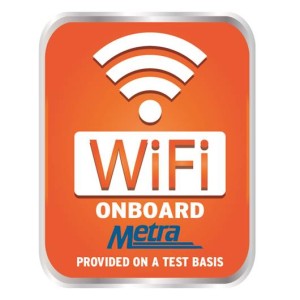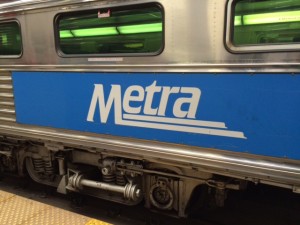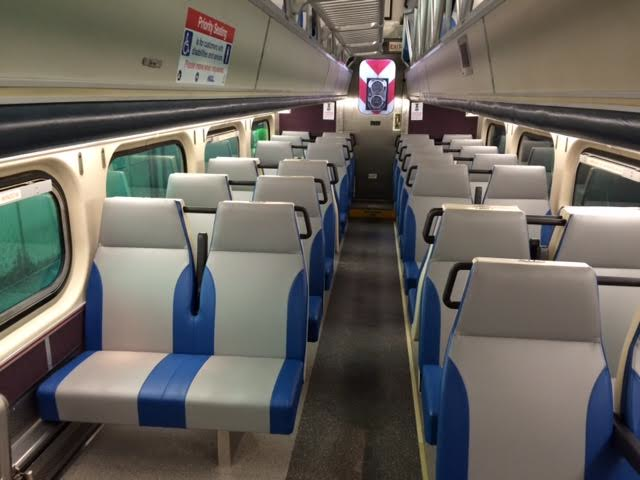Is Metra alarmed that ridership is quickly declining while employment in downtown Chicago is steadily rising?
Over the past five years, Metra’s ridership has slid 4.4 percent, and 2.2 percent last year alone.
The Electric District, serving the South Side and suburbs, plummeted 14.7 percent, the worst drop of Metra’s 11 lines.
Only one line, the Heritage Corridor, serving the Southwest Suburbs, showed healthy increases, up 3.3 percent during the last five years. But the Heritage Corridor is Metra’s least-used line, with only 2,400 weekday riders.
The Union Pacific West line, serving the western suburbs, showed a 1 percent increase over the last 5 years.
What’s going on here?
The data was presented at Metra’s board of directors meeting Wednesday. Board members expressed concern, but alarm bells didn’t seem to be going off.
Here’s some data, as presented by Lynette Ciavarelli, Metra’s top research person (director of strategic capital planning).
- Metra provided 78.6 million trips in 2017, down from 83.4 million trips in 2014. (By contrast, Metra provided a record 86.8 million trips in 2008.)
- Ridership on Metra’s busiest line, the BNSF to Aurora and booming Naperville, dropped 2 percent over five years. The BNSF line provides 63,900 weekday rides.
- Metra’s peak period ridership levels held steady over the past five years, but off-peak levels fell. (Are these people driving Downtown?)
- Metra paid an outside consultant to discover that for every fare increase of 10…

